The Orthopedic Foundation for Animals (OFA) is a non-profit veterinary organization dedicated to improving pet health through research and better breeding practices. The foundation operates many genetic and health screening programs for dogs—and a few for cats—including the Companion Animal Eye Registry (CAER). The Envision More Veterinary Ophthalmology team offers special screening eye examinations that are required for dogs to register with CAER and obtain a certification.
We share everything dog owners need to know about CAER exams and why OFA certification is important to the future of canine eye health.
What is a CAER exam for dogs?
The OFA partners with the American College of Veterinary Ophthalmologists (ACVO) to administer certification examinations. Only board-certified veterinary ophthalmologists can perform the exam and authorize the paperwork needed for certification. The examination consists of two parts:
- Slit lamp biomicroscopy — To examine the exterior eye surface and front eye chamber
- Indirect ophthalmoscopy — To examine the back eye chamber and retina
Pets undergoing the exam are given dilating drops to improve the ophthalmologist’s view through the pupil.
After the exam, the ophthalmologist will complete a form detailing the pet’s eye health and any evidence of diseases presumed inherited in dogs. A copy goes to the pet owner, who can choose to send the form and a registration fee to the OFA, another goes to the veterinarian for their records, and a third is filed in the OFA’s clinical database. The OFA collects the information for statistical and research purposes, but publishes only results submitted by the pet owner on their website for public viewing.
What are the advantages of seeking CAER certification for breeding dogs or puppies?
Certification examinations are used mostly by breeders to ensure their puppies’ eye health. Collies and dog breeds who carry the Merle gene are at high risk for eye abnormalities, but screening the parents can reduce this risk. Breeders may also screen their puppy litters to give potential buyers more eye health information and to determine which puppies may be suitable for future breeding. The CAER examination improves breed health and shows puppy buyers you are serious about your dogs’ health.
Another eye-health screening advantage is that all results go to the OFA to advance research and knowledge about breed health. Together with the ACVO, the OFA uses this information to learn more about the genetic origins of canine eye issues and to find better ways to prevent them. Public registry results also give breeders more information about local, regional, and national trends in their breed, and help them find more ways to improve their dogs’ health.
What conditions can the CAER examination detect?
The CAER examination looks at specific inheritable diseases, not necessarily all eye diseases, so is not comprehensive. If our team suspects a serious issue, we will recommend converting the screening exam to a more in-depth visit with appropriate diagnostics.
Currently, the OFA and ACVO look for 10 specific conditions that disqualify dogs for breeding, because of the strong likelihood they could pass on a disease that significantly affects vision or eye health. Many of these conditions are blinding, and some can cause chronic or severe pain, so preventing them from being passed on to future generations is critical. The disqualifiers include:
- Keratoconjunctivitis sicca (i.e., dry eye)
- Cataracts
- Lens luxation or subluxation
- Glaucoma
- Persistent hyperplastic primary vitreous
- Retinal detachment
- Retinal dysplasia
- Optic nerve coloboma
- Optic nerve hyperplasia
- Progressive retinal atrophy
What if my dog doesn’t pass the CAER exam?
If your dog or puppies don’t pass the examination, the OFA recommends that you still submit your forms to the registry. This ensures that other breeders and the public can see your results, which helps achieve a greater understanding of your particular breed’s health. To encourage results sharing, the OFA doesn’t charge a fee to register failed examinations.
Some conditions do not automatically mean a fail or “no” examination result. Instead, the OFA will provide a “breeder option” code attached to the CAER registration number. Breeder option conditions are considered hereditary, but don’t cause significant problems with vision or health, so the breeder is left to decide what’s best.
Does my dog need a CAER exam every year?
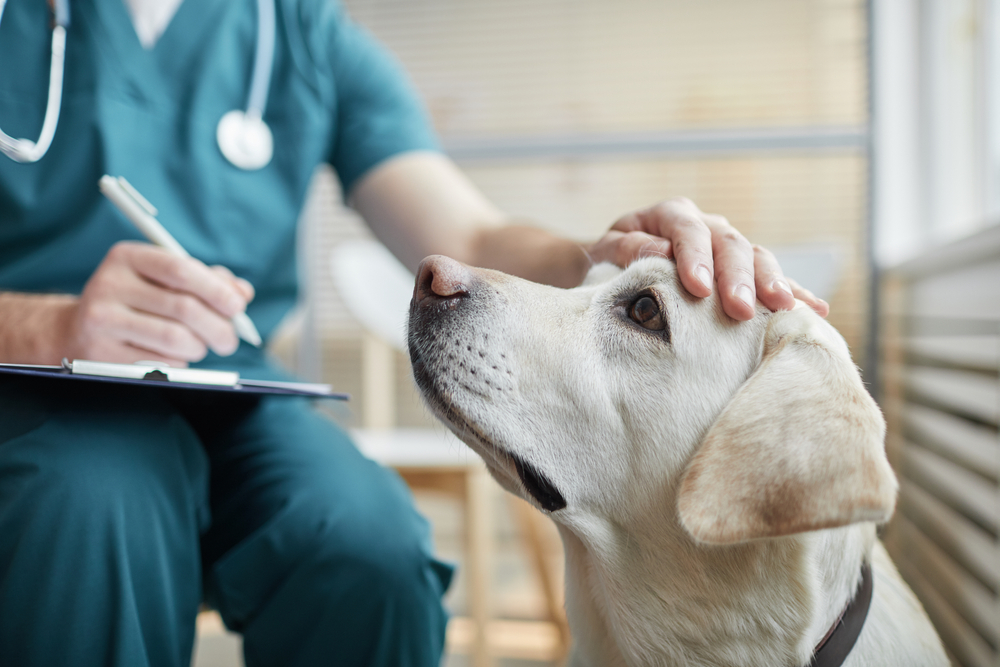
CAER registrations are good for only one year at a time, because many eye conditions do not develop until later in life. Repeat examinations are strongly encouraged for breeding dogs, because the results are added to the information available in the registry, which helps advance overall dog eye health.
The more dogs who undergo CAER examinations and register with the OFA, the more information we have about canine eye health, heritability, and genetics. Breeders and private owners are encouraged to submit their dogs’ CAER information, whether or not they passed the exam, to further our eye disease knowledge and understanding. Contact the Envision More Veterinary Ophthalmology team to schedule your puppy or adult dog’s CAER examination, or for assistance in submitting your information to the OFA.

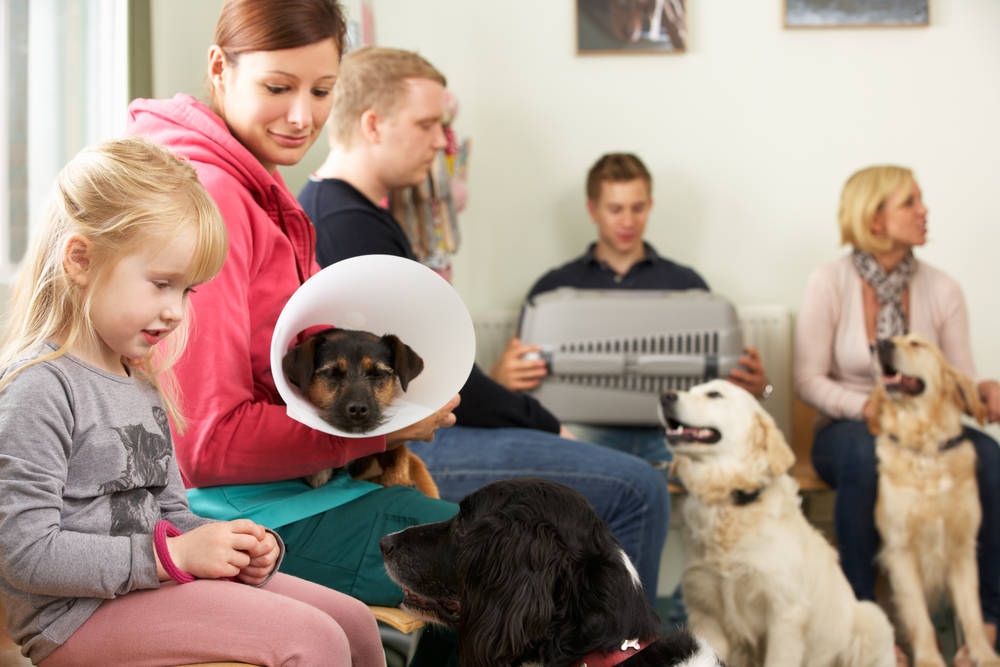
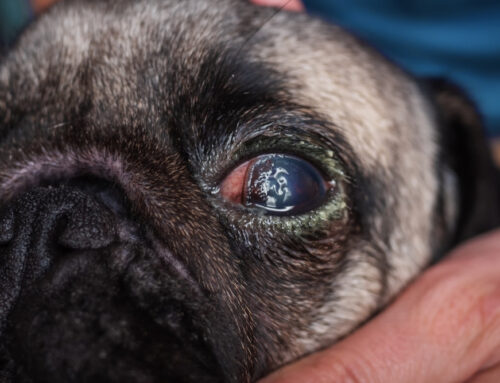
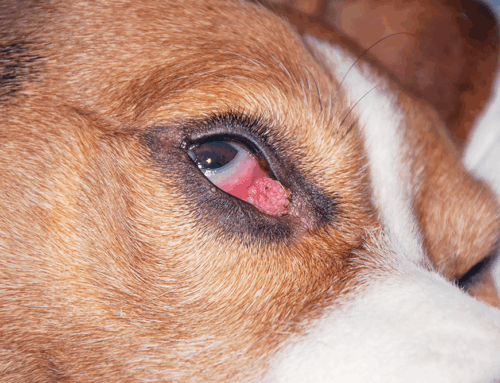
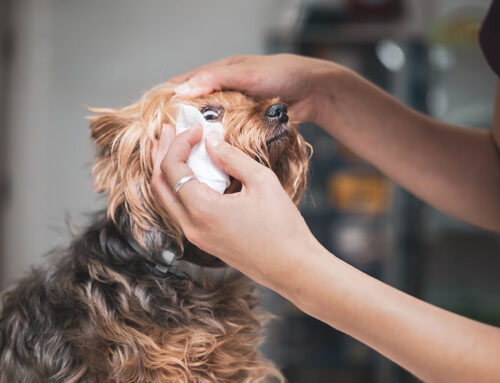
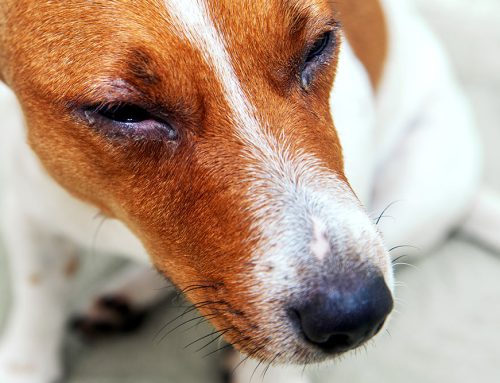

Leave A Comment